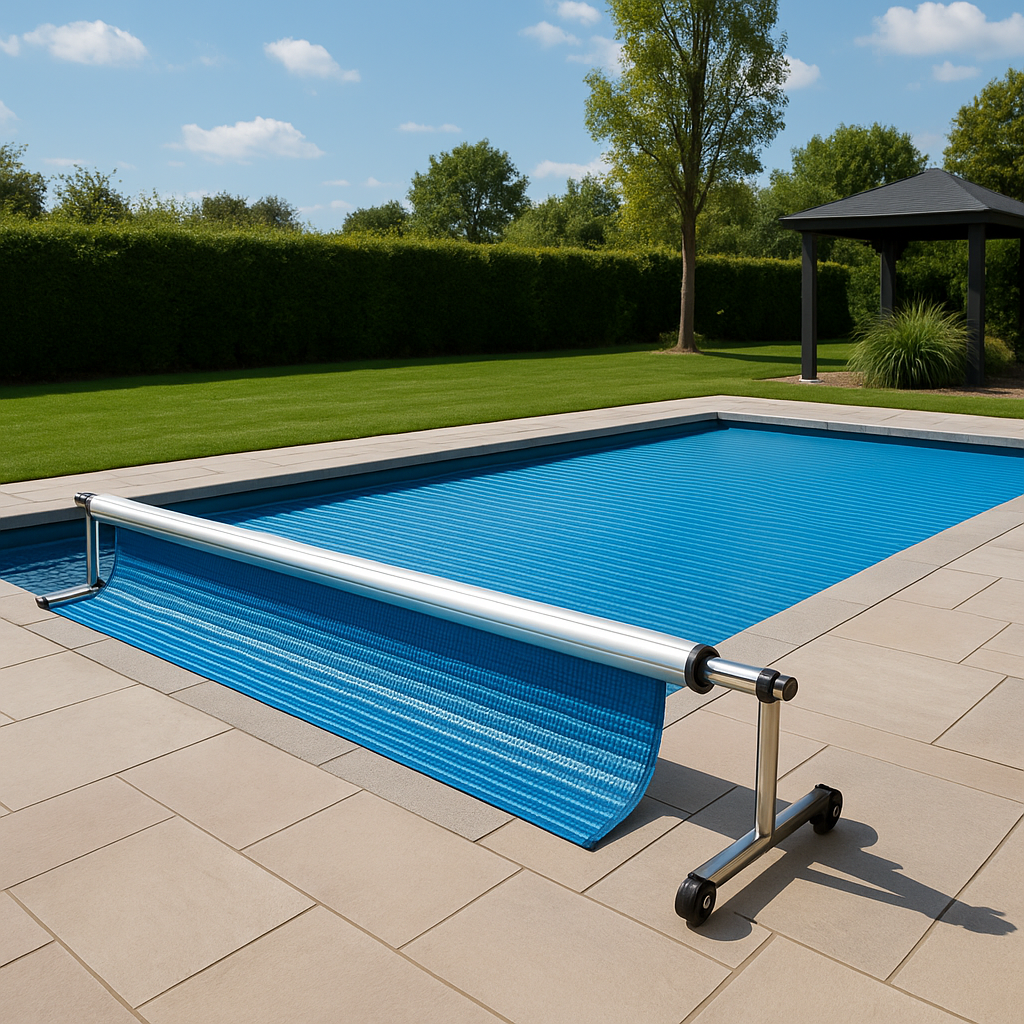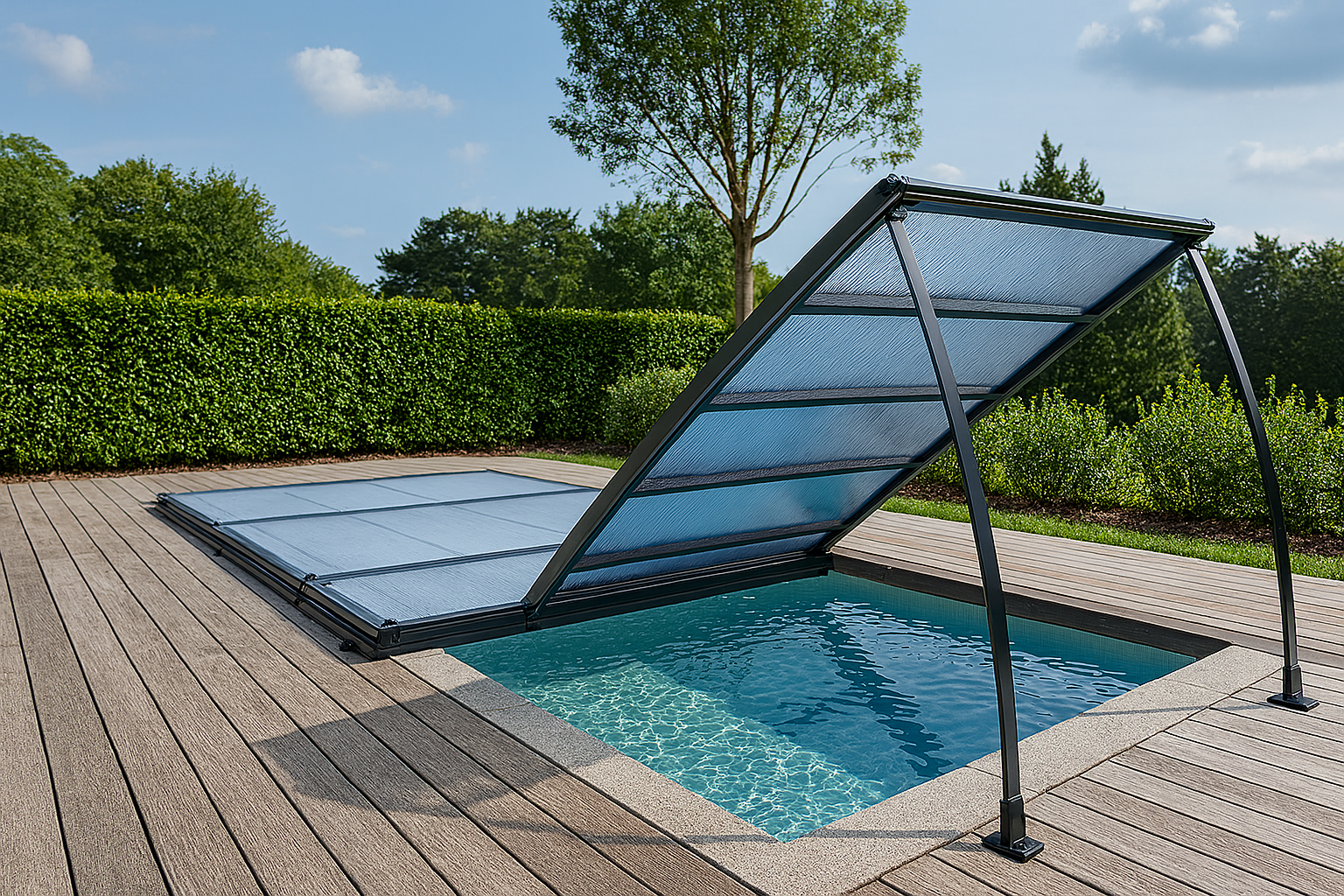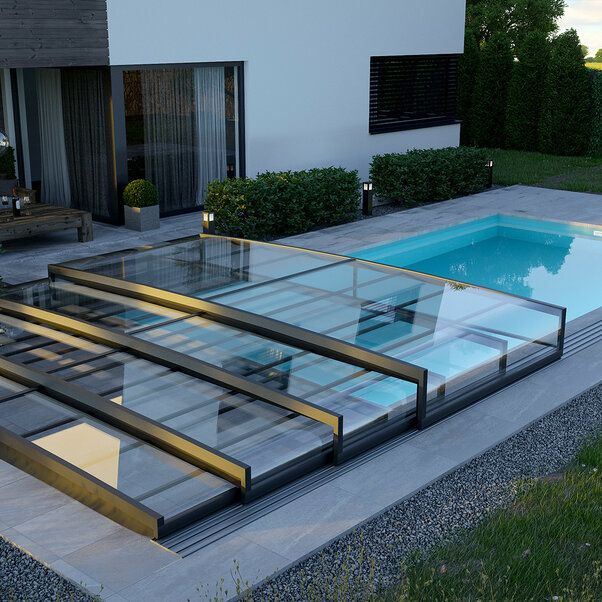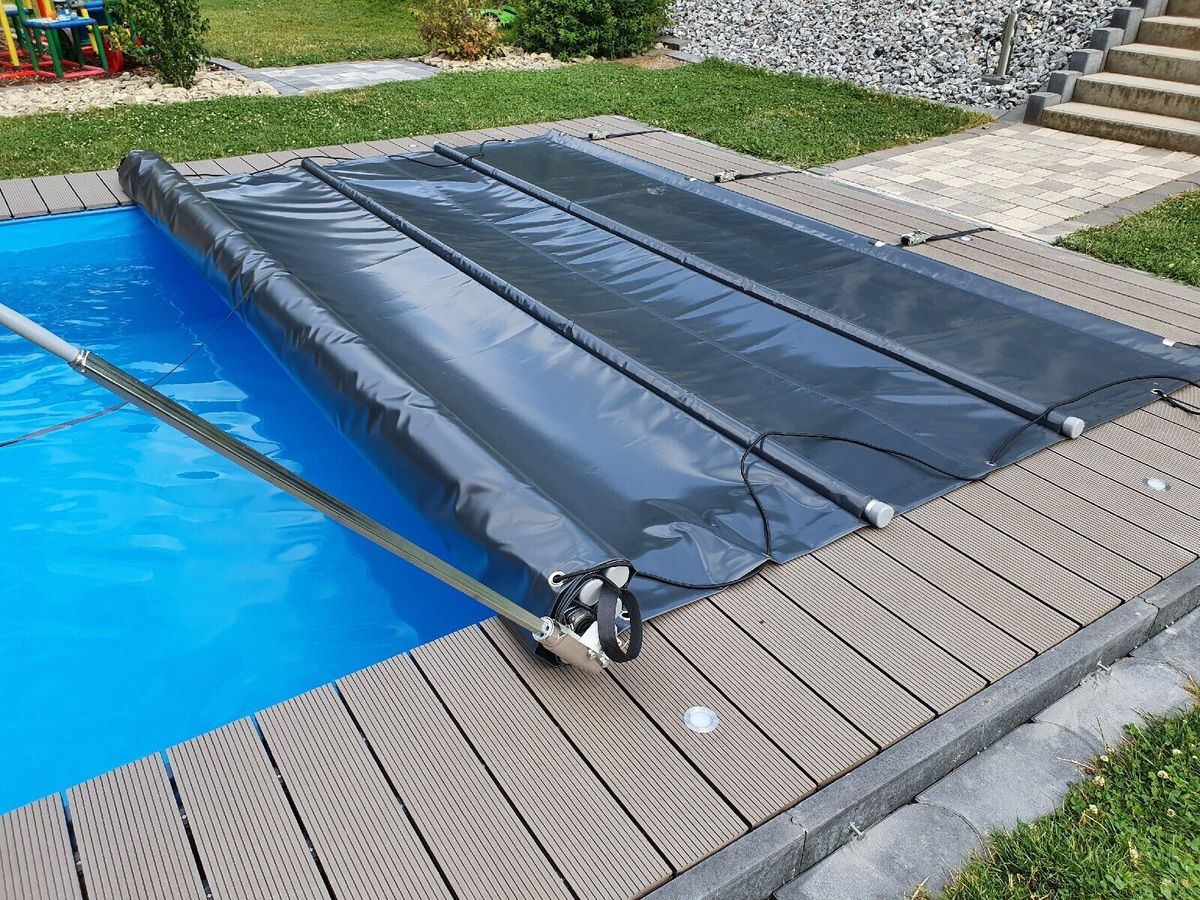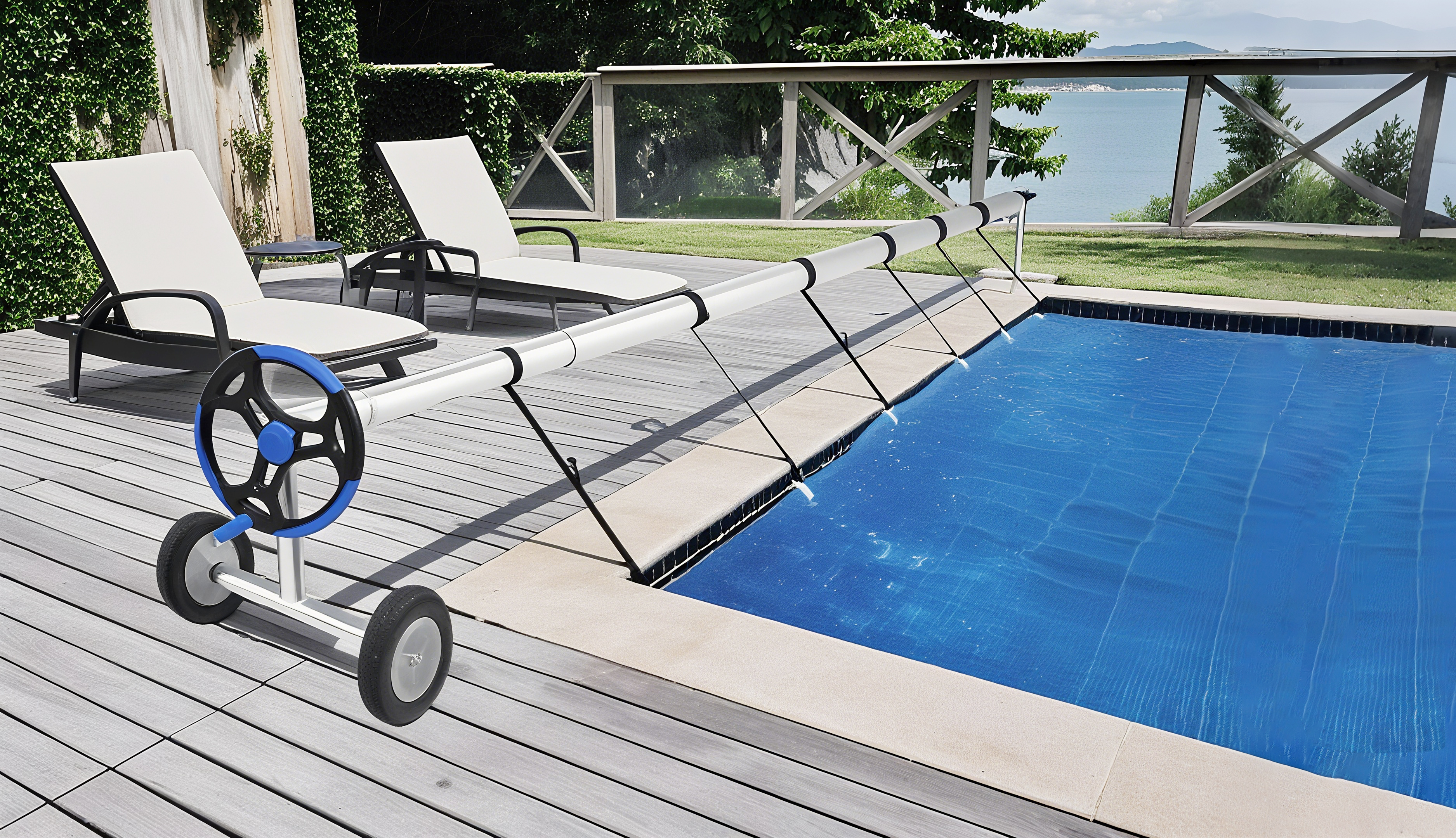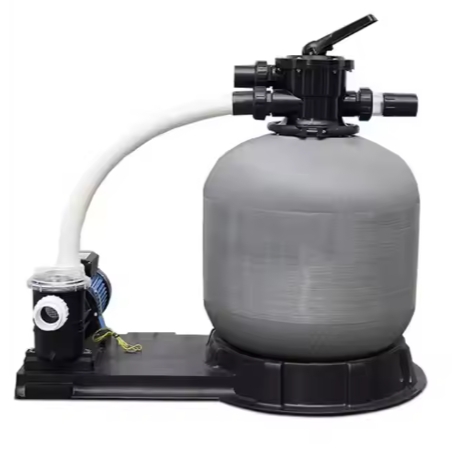A sparkling, clean swimming pool is the centerpiece of summer fun, and achieving that crystal-clear water is easier than you might think. The key lies in an effective filtration system, with the pool sand filter being one of the most popular and reliable choices for pool owners. These systems are efficient, low-maintenance, and highly effective at trapping dirt and debris, ensuring your pool water remains inviting and pristine all season long. Whether you are a new pool owner or looking to upgrade your system, understanding how these filters work is the first step toward effortless pool maintenance.
Choosing the Perfect Sand Filter for Your Pool
Selecting the right filter starts with considering your pool's size and type. For instance, finding the correct sand filter for above ground pool models is crucial for optimal performance. You need to match the filter's capacity and flow rate to your pool's volume and the power of your pump. Modern sand filters are built from durable, corrosion-resistant materials designed to withstand the elements for years. They come in a variety of sizes, from compact units for smaller installations to larger systems for more demanding water flow, ensuring there is a perfect fit for every residential or commercial pool. Look for models with robust construction to guarantee longevity and consistent operation.
A Simple Guide to Installing Your Pool Sand Filter
Once you have your filter, the next step is the setup. While installing pool sand filter systems might seem daunting, it's a manageable task. First, place the filter tank on a level, solid surface near the pool pump. Follow the manufacturer's instructions to connect the pump to the filter's multiport valve inlet and connect the outlet port back toward the pool's return lines. Before adding the specialized filter sand, fill the tank about halfway with water to cushion the laterals at the bottom from the weight of the sand. Carefully pour in the required amount of sand, assemble the remaining valve components, and securely tighten all connections to prevent leaks. Engineered for seamless integration, these systems are designed to connect smoothly with existing plumbing.
How to Use Your Pool Sand Filter for Maximum Clarity
Understanding how to use pool sand filter settings is essential for clean water. The multiport valve is the control center. The primary setting is 'FILTER,' which you'll use for daily operation. Water is pumped from the pool, pushed through the sand bed where debris is trapped, and then clean water returns to the pool. Over time, the trapped debris will increase the pressure inside the filter. When the pressure gauge reads 8-10 PSI above the clean starting pressure, it's time to 'BACKWASH.' This setting reverses the water flow, flushing the trapped contaminants out through the waste line. After backwashing, use the 'RINSE' setting for about 30 seconds to resettle the sand before returning to 'FILTER.' Other settings like 'WASTE,' 'RECIRCULATE,' and 'CLOSED' offer additional control for specific maintenance tasks.
Mastering Pool Filter Sand Cleaning and Maintenance
Regular pool filter sand cleaning is vital for keeping your system running efficiently. The primary method is backwashing, which should be performed whenever the pressure gauge indicates it's necessary. This simple process takes only a few minutes and keeps the water flowing freely. While backwashing cleans the sand, the sand itself will need to be replaced every 3-5 years, as the sharp edges of the sand grains wear down and become less effective at trapping fine particles. When it's time to change the sand, you'll need to drain the tank, scoop out the old sand, and replace it with a fresh batch. Thanks to their durable design and quality materials, these filters require minimal maintenance beyond these routine tasks, giving you more time to enjoy your pool.


